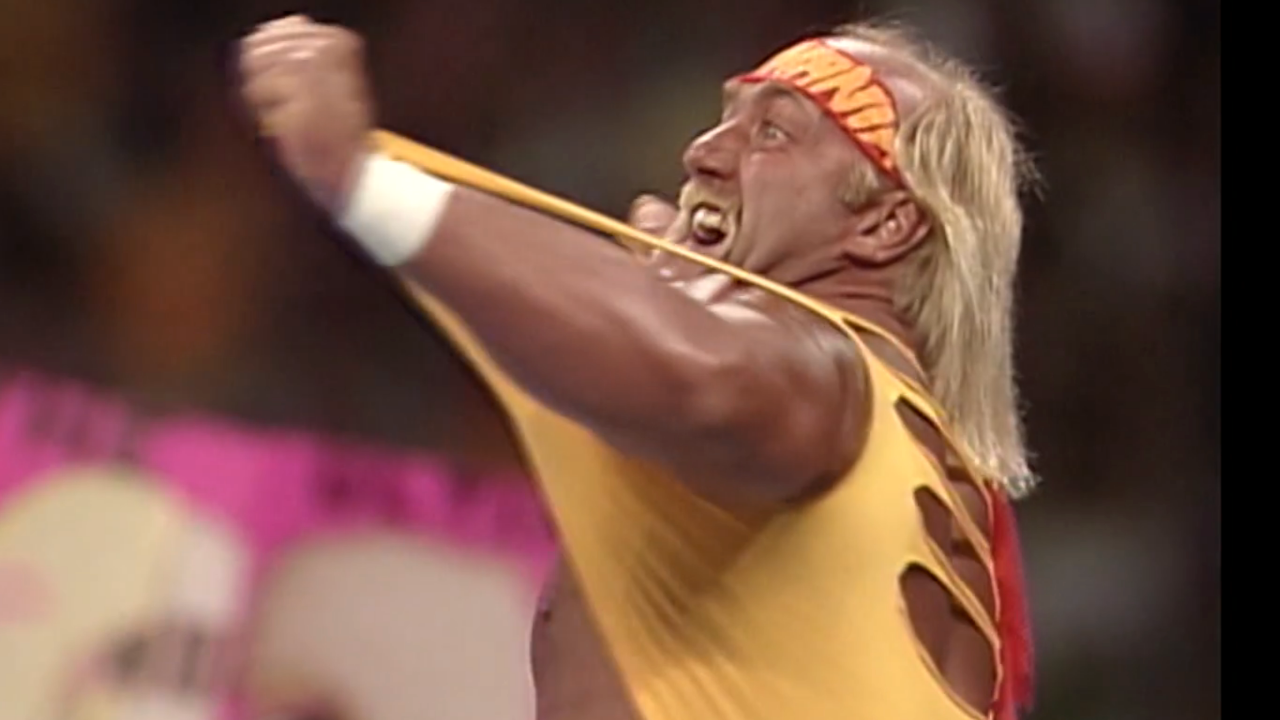The enduring spectacle of professional wrestling, particularly from its golden age in the 1980s, holds a unique place in cultural history and personal memory. For many, including this observer, these formative years were defined by the larger-than-life characters and unpredictable drama of the then-World Wrestling Federation. This narrative revisits a pivotal moment from that era: a chaotic live event that indelibly shaped a young fan’s perception of the sport.
During the mid-1980s, the landscape of professional wrestling was undergoing a significant national expansion, captivating audiences across America. Beyond the syndicated local promotions like N.W.A. and WCCW, it was the burgeoning WWF that truly captured the imagination of a generation, becoming the epicenter of theatrical sports entertainment. Sundays, post-church, were often dedicated to immersing oneself in this vibrant world, a weekly ritual that underscored the deep cultural penetration of wrestling during that decade.
A singular experience stands out: the first live WWF event attended in Kansas City, roughly a year prior to a landmark birthday. This initial foray into the live spectacle featured rising stars such as Brutus Beefcake, Barry Windham, and Paul Orndorff. While the electrifying presence of the sport’s biggest draw, Hulk Hogan, was notably absent on that occasion, the raw energy and palpable excitement of the arena still left an undeniable impression, solidifying an burgeoning appreciation for the theatricality of the sport.
The subsequent event, however, proved to be truly unforgettable, highlighted by the much-anticipated appearance of the iconic Hulk Hogan. A cherished photo album unearthed years later captured a fleeting glimpse: merely an arm and a sliver of the famed WWF championship belt, yet unmistakably belonging to the “Hulkster.” The memory of connecting with Hogan, offering a high-five as he made his triumphant entrance, remains vivid—a moment imbued with the almost mythical quality of meeting a genuine superhero, creating a “never washing my hands again” sensation.
Yet, the 1980s professional wrestling scene, while increasingly nationalized, retained a rugged, often unpolished edge. Live events were a confluence of wide-eyed children and a more mature, sometimes boisterous, adult demographic. The atmosphere could be raw, reflecting a different era of public entertainment where fan interaction occasionally bordered on unpredictable, setting the stage for unexpected developments during the proceedings.
This raw environment culminated in a jarring incident during the main event featuring Hulk Hogan and “Rowdy” Roddy Piper. Amidst the frenetic energy, a glass beer bottle, hurled from the audience, struck Hogan’s head. The immediate aftermath was startling: the match abruptly concluded, and the sight of Hogan exiting the venue, his distinctive blonde hair stained crimson from the impact, remains seared into memory. While the dramatic recollection of him being carried away on a stretcher might be an embellishment of an overactive childhood imagination, the visceral shock was undeniably real.
Despite the initial alarm caused by the sudden violence and chaos, that specific night ultimately served to deepen, rather than diminish, an emerging fascination with professional wrestling. The visceral experience, far from deterring, solidified a profound connection to the sport that persisted for well over a decade. It was a baptism by fire into the unpredictable world of live entertainment, an experience that forged a lifelong, albeit evolving, appreciation for its unique blend of athleticism and storytelling.
While personal engagement with professional wrestling waned in later years as new interests emerged, the foundational appreciation for organizations like WWE remains. The complexities of figures like Hulk Hogan, whose public actions later diverged from the heroic persona of the ring, underscore the nuanced relationship fans often have with their idols. Nevertheless, the indelible memory of that pivotal 1980s event, defined by the larger-than-life presence of the “Hulkster” and its unexpected turn, continues to evoke a powerful sense of nostalgia.






Leave a Reply